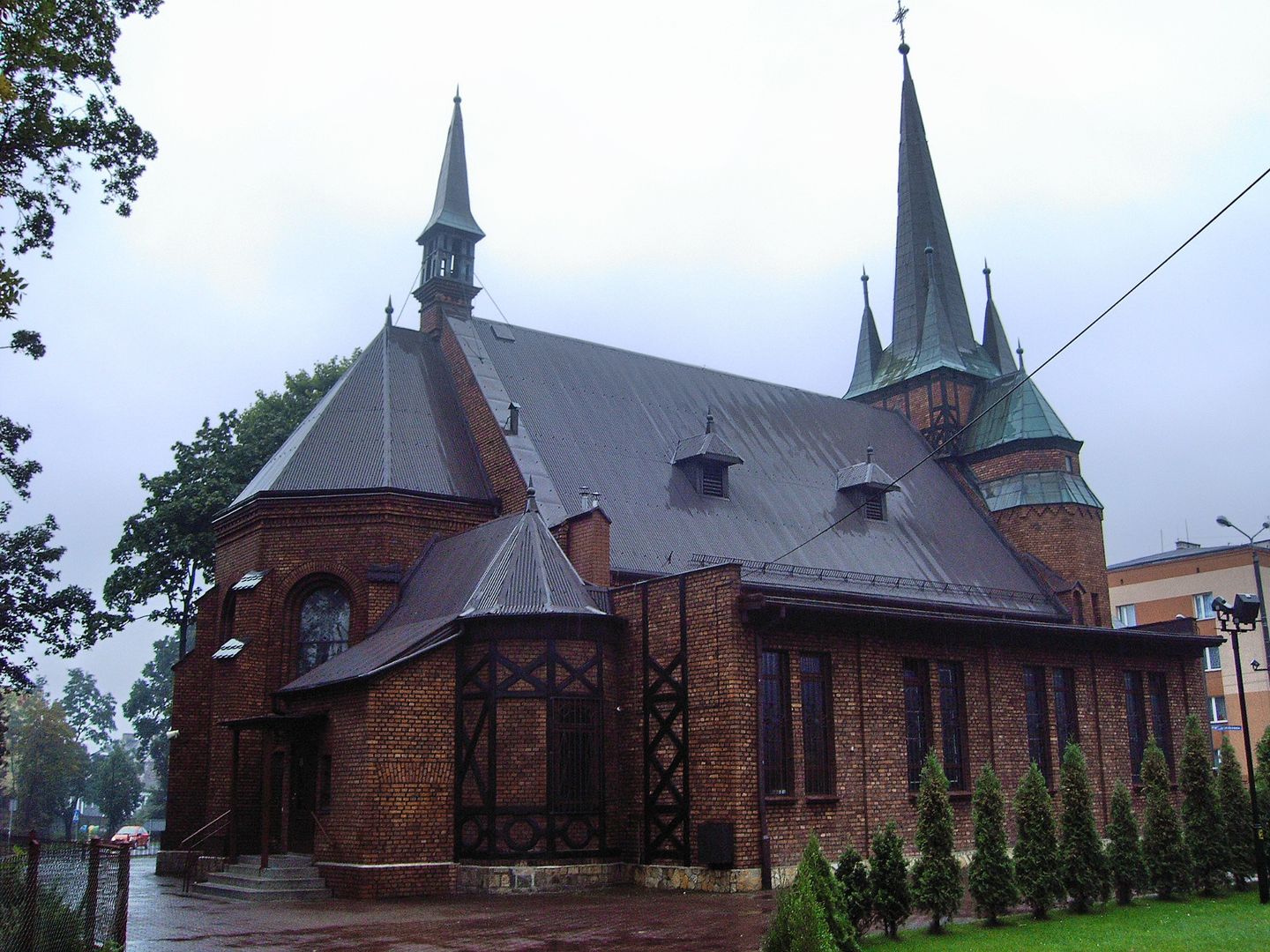Halemba
6.37

Overview
Halemba, a district of Ruda Śląska, was the seat of the municipality until 1951. It consists of three historically distinct localities: Halemba, Kłodnica, and Stara Kuźnia, which originated in the Middle Ages as centers for smelting iron ore along the Kłodnica River. At the turn of the 20th and 21st centuries, Halemba underwent intensive urban changes related to the construction of a coal mine, which influenced the character of the entire district, now home to nearly 30,000 people.
From an architectural perspective, Halemba stands out with several monuments, including the 18th-century Donnersmarck Palace, which has been converted into a library facility, and the Church of Our Lady of the Rosary, representing the arcaded style of Neo-Gothic architecture. The 19th-century mill on the Kłodnica River also adds to the area's architectural heritage.
Culturally, Halemba is home to numerous sports clubs, such as Grunwald Ruda Śląska and TL Pogoń, as well as the Aquadrom water park, which attracts both residents and tourists. Historically, Halemba has a rich past dating back to the 15th century when settlement began. The iron and steel industry developed here in the 18th century, and after World War I, the area became a subject of national disputes, eventually being incorporated into Poland in 1922.
Interestingly, each of the three former localities had its own coat of arms, reflecting their industrial history. Over the years, Halemba, merged with Kłodnica and Stara Kuźnia, has transformed, gaining new functions and significance in the region. Today, it is an integral part of Ruda Śląska—a still-evolving district that blends tradition with modernity.
Location
2025 Wizytor | All Rights Reserved